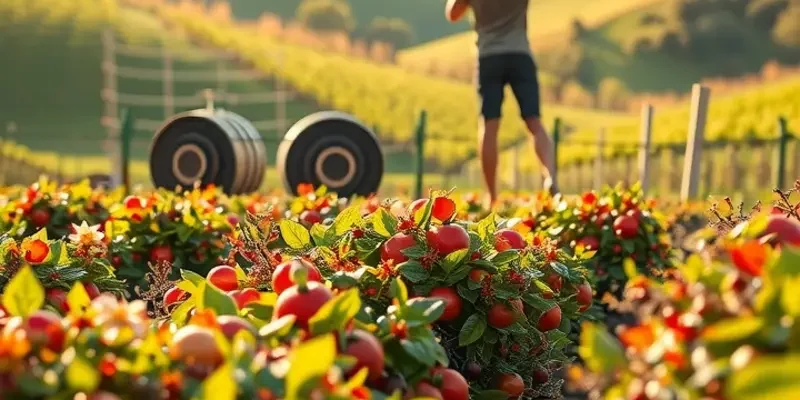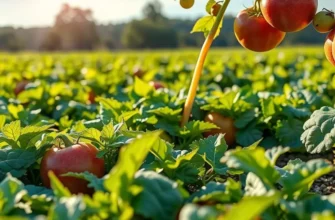Bottled condiments are staples in many kitchens, but do you know how long they truly last? Understanding their shelf-life and proper storage methods is key to maximizing flavor and minimizing waste. Learn how to keep your pantry essentials fresh longer, turning your condiments into long-term companions for culinary creativity and enjoyment.
Understanding Condiment Shelf-Life

For many, condiments are essential in elevating meals, providing bursts of flavor with every squeeze or spoonful. However, to make the most of these culinary enhancers, it’s crucial to understand their shelf-life. Each type of condiment has a unique lifespan, influenced by its ingredients and how it’s stored, determining how long you can safely enjoy its taste and texture.
Most bottled condiments like ketchup and mustard have a long shelf life, but not all are created equal. Unopened, a bottle of ketchup can last up to a year past its expiration date, if stored in a cool, dark place. Mustard generally fares better with an unopened shelf life of up to two years. Once opened, ketchup typically lasts six months, while mustard can remain fresh for up to a year in the refrigerator. Still, conditions like temperature fluctuations can alter these timelines significantly.
Sauces vary widely. Tomato-based sauces usually have a longer shelf-life due to their acidity. Vinegar, a common ingredient, acts as a preservative, extending usability. Conversely, cream-based sauces or those with eggs, like mayonnaise, are more delicate. Once opened, they should be consumed within two months, even when refrigerated. The presence of natural preservatives like salt, sugar, and vinegar often aids in extending their usability.
To navigate this, reading labels becomes an indispensable skill. Look for ‘use by’, ‘best by’, or ‘sell by’ dates as a guide for unopened products. It’s crucial to note these dates aren’t safety deadlines but rather logs indicating peak quality. After opening, rely on sensory clues to gauge freshness—any off-smell, discoloration, or change in texture usually signals spoilage.
Maintaining optimal storage conditions is equally vital. Storing condiments in dry, cooler areas shields them from light and heat, which can degrade flavors and accelerate spoilage. Refrigeration after opening usually extends a condiment’s life. This is especially important for those with dairy bases or a high water content. Ensure jar lids and bottle tops are tightly closed to prevent contamination. Most condiments also benefit from being stored in the main body of the refrigerator rather than the often warmer door compartments.
Changes in texture, such as water separation or clumping, may not necessarily indicate spoilage but could affect user experience. A vigorous shake often remedies minor separation in mustard or dressing. Meanwhile, for sauces like hot sauce, flavor tends to mellow over time, and some prefer using them within a year for the best taste.
Practicing appropriate storage not only preserves flavor but also food safety and waste reduction. For insights on secure storage and minimizing waste, consider exploring articles on safer storage of sauces. Small adjustments can significantly prolong your condiments’ life, allowing you to savor every drop, seasoned to perfection.
Proper Storage Techniques

Effective storage techniques play a crucial role in extending the shelf life of bottled condiments while preserving their intended flavor. Focusing on the fundamentals of opening, sealing, and storing can help maximize both longevity and taste.
When opening a new bottle, it is vital to use clean hands or tools to prevent contamination. The residue from a hastily opened bottle can cultivate bacteria, which is detrimental to your food’s quality. Ensuring lids and caps are tightly sealed after each use can dramatically reduce exposure to air, a primary catalyst for spoilage.
Temperature is a formidable factor in food preservation. Understanding whether to store your condiments in the pantry or refrigerator can make all the difference. For instance, products that have vinegar as a base can often thrive in pantry conditions, while those containing dairy or fresh ingredients might demand refrigeration. However, once opened, even pantry staples might benefit from a cooler environment to guard against temperature fluctuations that accelerate deterioration.
Humidity is another consideration. Moist environments can cause metal lids to rust or compromise the seal of your condiment. Choosing airtight containers, particularly for decanted condiments, helps avert these consequences.
Cleanliness is central to extending a condiment’s life. Using utensils that are free from other food residues prevents cross-contamination, which could otherwise spoil the content. Additionally, cleaning bottles and jars before storage helps in deterring mold and bacterial growth on the outside, which can eventually seep inside.
Strategic organization within storage spaces also plays a role. Rotating your stock can prevent older products from languishing unnoticed. When placing new purchases in your pantry or fridge, make sure they are pushed to the back, bringing older items forward to ensure they are used first. Labeling containers with opening dates can aid in this process, providing a visual cue to what’s approaching the end of its usable life.
Beyond longevity and safety, proper storage techniques can also contribute to a more sustainable kitchen. By reducing the amount of food wasted, you also minimize the associated carbon footprint. This aligns with broader goals of eco-friendly culinary practices, as discussed in this guide to making smarter storage choices.
Adopting these practices not only shields against waste but ensures that every drop of your favorite condiments retains its intended quality and flavor. These techniques create a seamless integration of functionality and sustainability in your kitchen routine.
Final words
Bottled condiments can be a delightful addition to meals, but their shelf-life and storage methods are critical to ensuring they remain safe and enjoyable. By understanding how long these products last and implementing smart storage strategies, you can make the most of your pantry staples while minimizing waste. Regularly check for signs of spoilage and stay informed about recommended storage practices to keep your condiments flavorful and fresh.







